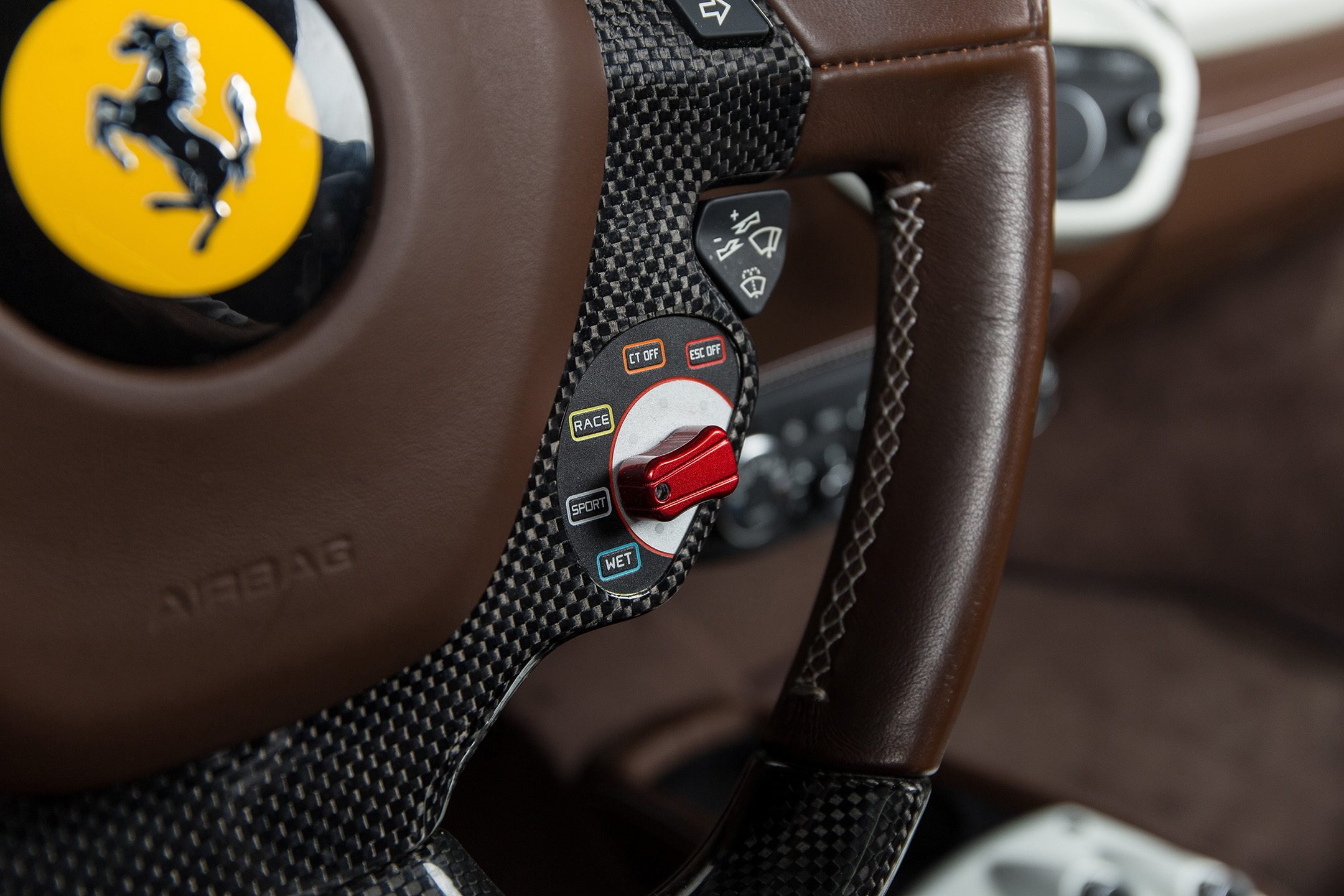Approximately 180 miles due east of Seattle lies Moses Lake, the location of the largest carbon fiber production plant on Earth. Within the city of Seattle, and more specifically located underneath the University of Washington, exists a special lab dedicated to the advancement of the use of carbon fiber in the production of exotic Italian sports cars. What does carbon fiber have to do with apartments? Quite simple – jobs. And the certain guarantee of more jobs moving to the region.
Innovation Centers
If you have not yet read Enrico Moretti’s book, the New Geography of Jobs (available at Amazon.com), I highly recommend you pick up a copy.
Moretti argues that in this new century jobs will continue to cluster within innovation centers, producing hyper-productive regions that will outperform the rest of the nation.
Moretti aptly points to Seattle as one such region. I select the topic of carbon fiber to highlight the benefits of investing in an innovation center that will continue to outpace most other regions of the country and resultantly, provide a greater return on dollars invested.
Aerospace
As a self-defined “Boeing Town” we are apt to extoll the virtues of having such a globally recognized and high employment growth company as Boeing nestled within our region. What is interesting, as well as supported by Moretti’s thesis, is that within innovation centers there is a spill-over effect of innovation that impacts multiple industries and verticals.
When Boeing set out to design the 787 Dreamliner, many advancements in carbon fiber were required. A product of the Cold War, and one who genesis dates back to the 1950s, advancements in the material were required to make it a suitable material for the construction of planes that were heretofore constructed of steel. These advancements were made here in Seattle, and thus the story begins.
We love that Boeing builds plans in our region and we often tout the “multiplier effect” – for every job created at Boeing, additional jobs are created at suppliers, vendors, lunch shops, and so on and so forth. However, in our new economy there is also the “innovation effect” – for every innovation spun out of Boeing, a new opportunity for additional businesses is created.
Cutting-Edge Automotive Technology
It may be hard to believe, yet below the University of Washington exists a special lab. A lab so special it is called UW’s Automobili Lamborghini Advanced Composite Structures Laboratory. In this lab UW collaborates with the exotic Italian can manufacturer Lamborghini. Why, you may ask? Carbon fiber. Why does our region has such expertise in carbon fiber? The “innovation effect” of Boeing.
It doesn’t stop here. In Moses Lake, the largest carbon fiber plant in the world produces carbon fiber for BMW’s new “i” line of cars. Washington is actually a luxury German car manufacture’s location of choice to construct carbon fiber, only to put it on a ship and send it back to Germany to construct the actual car. NOTE: some BMW’s are built in the US, which signals another opportunity for our future.
Sports
And now we turn to sports. Earlier this week a collaboration was announced between Boeing and Russell Athletics to turn Boeing carbon fiber into football shoulder pads. Carbon fiber is already used in the production of golf clubs, bicycles, ski poles and numerous other sporting goods.
Most of these goods are made overseas, yet given our expertise and innovation in carbon fiber, coupled with the low cost of electricity so essential to produce the material, opportunities abound for Washington to seize more of the production chain of even more goods.
Where to Find Opportunities
Knowledge of the nexus between carbon fiber and Washington State is only one part of the equation. Wherein opportunity lies is the next question.
I forecast that much like Stanford has had a major impact on innovative growth in Silicon Valley (and MIT on Cambridge/Boston, UT on Austin), University of Washington will have a major impact on private industry (as already evidenced in its role with the 787 Dreamliner and Lamborghini’s new generation of supercars).
A predict that the U-District will grow and become a center for many public-private partnerships. Light rail will not only connect the U-District to Seattle’s CBD, but to Lynnwood, Shoreline and other areas where housing is desirable, yet traditional communing will be handicapped by traffic.
The Next Chapter
Don’t merely pay attention to carbon fiber. The production of this material in our region and proliferation of its use in industrial and commercial applications is just a bellwether of the dynamics of Seattle’s success as an innovation center. More so, use this example to explore and predict other opportunities in our region for outperformance in job growth and use these insights to create an informed investment thesis.
If you want to discuss were I believe innovation will likely lead to job growth, and as a result, demand for residential housing, please feel free to contact me. And don’t be shocked when at some point in the future I answer your call using a mobile phone constructed of carbon fiber.

